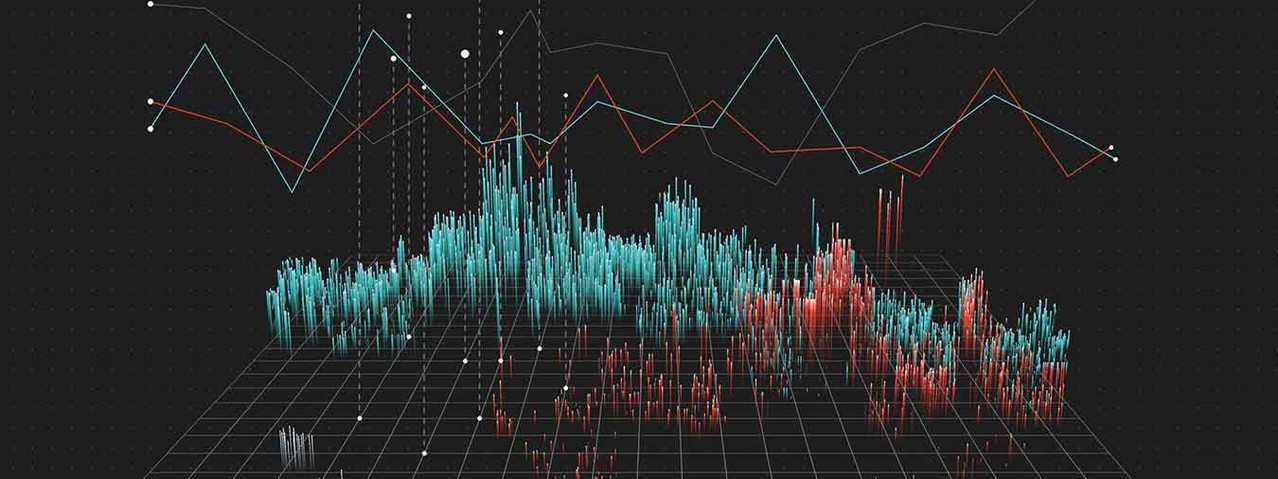Market research has remained an ever emerging field. Over the years, new techniques, tools, processes and new metrics have evolved to analyze the same data. Of late, one such trend is Business intelligence.
In the last couple of decades, particularly in the last few years, data visualisation has generated a lot of buzz among the data analysis community. A whole range of products, tools and techniques have emerged to analyze data visually. These tools offer a wide variety of advantages. It is no wonder that companies across sectors are investing heavily in data visualisation tools & techniques for basing their strategic decisions based on data.
Data Visualisation: Conventional vs. Non-Conventional Approach
Traditionally, companies have relied on conventional tools like excel, power point presentations etc to consume data visually. These tools provide the convenience of presenting data with ease, low cost and privacy of data to a greater extant. However, these tools suffered from certain limitations like static nature of data presented, need for changing data every time there is a change in data and considerable time lag between the collection of data and final consumption of data leading to considerable delay in decision making.
In comparison, new products and tools offer wide variety of advantages over conventional tools and technologies. First, new tools enable data aggregation from multiple and varied sources thereby enabling comprehensive data analysis. Secondly, these tools enable real time consumption of data as new data is getting collected or old data getting modified as these technologies enable direct connection with the data source. Thirdly these tools provide powerful option of focusing just only on the area of interest. One can slice and dice the data to focus on the area of interest. Apart from these, these tools enable integration of different tools and technologies where outcomes of data analysis in one tool can be analyzed in other tools & technologies. For instance one can analyze data in python or R and present the results using power BI or Tableau. Hence one can interact with the data presented dynamically in real time which enable faster consumption of data and faster decision making.
Rise of Non-conventional approach: Death-knell for Conventional approach?
While non-conventional approach to data visualisation provides significant advantage over conventional approach, these new tools and technologies face new set of challenges. Given that most of the data is consumed, processed, and analyzed online, there is greater risk of data security. Possibility of data breach and attacks by hackers has increased tremendously which increases the risk of sensitive data being falling into the hands of competitors thereby compromising the competitiveness of the company.
Secondly, these new tools and technologies demand highly skilled individuals who are experienced in multiple tools and technologies such as sound knowledge of databases, cloud technologies, apart from data visualisation tools and techniques. Given that such people with required expertise are in short supply, cost of hiring has increased tremendously which in turn have increased the costs of data analysis and overall costs for the companies. As a result, cost escalations have become a barrier in the adoption of new tools and technologies.
Hence, new tools and technologies would make sense only where these methods offer significant cost advantages. Small business or businesses with lower cost advantage would tend to depend on conventional methods for data visualisation at least in the short term.
Way Forward
While there are considerable challenges in the adoption of new tools and technologies, companies will tend to adopt them to take advantages they offer in terms of interactive real time insights and faster decision making. Companies are also investing heavily in the training of individuals to make them competent in these new tools and technologies. Besides colleges, universities have started offering exclusive courses providing holistic knowledge across different streams to make individuals competent in these new tools and technologies. Hence over a period of time, there would be enough supply of experienced workforce to cater to the needs of the industries relying on new business intelligence tools and technologies. Hence, over a period of time, share of conventional data visualisation tools will come down and those of new tools and technologies will increase.
It is only a matter of time before every industry starts adopting, using and becoming habitual to these technologies. It is not a choice of “to have” or “not to have”. It is choice of “when”. Those who will adopt early will have significant advantage over their competitors who did not choose these new technologies at early stages.

